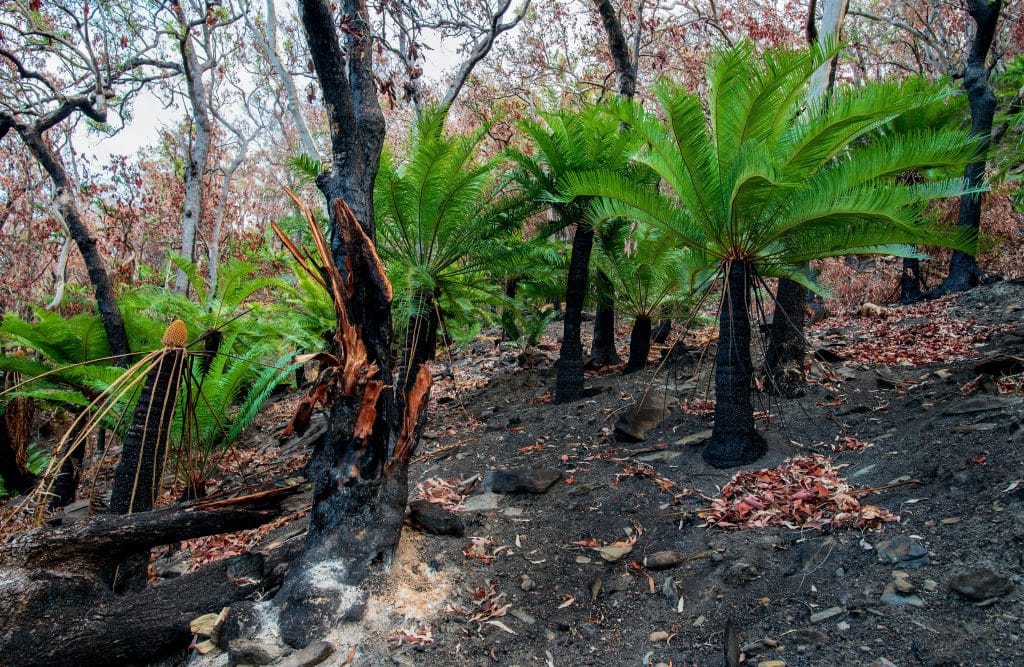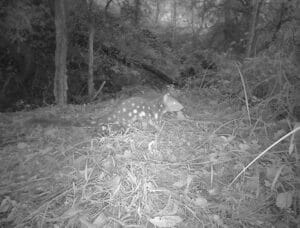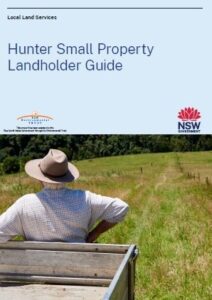Did you know that our native vegetation likes to be exposed to cooler temperature fires between every three to 60+ years?

Have you ever heard of the term ‘fire regime’? If you haven’t, or you’d like to learn more you’ve come to the right place!
A fire regime can be described as the pattern of fire in a landscape or a series of fire events across a landscape.
Fire regimes are made up of 4 parts:
frequency – timing of fire
extent – where on the landscape fire has been
intensity – how hot the fire is
season – what time of year the fire happens.
All parts of a fire regime are important, but the one that impacts our native vegetation the most, and therefore the landscape is fire frequency.
Fire intervals have been established for vegetation within NSW to help guide land managers on how often the vegetation should be exposed to ‘good fire’. (Good fire refers to a lower-temperature planned fire that aims to promote vegetation growth and diversity in an area.)
Fire intervals are made up of a minimum and maximum number of years. This refers to how often the landscape should not be exposed to fire and how often it should be. The minimum interval aims to protect plants that are sensitive to fire and the maximum aims to protect plants that need fire to grow, germinate from seeds and/ or release their seeds from pods.
Each vegetation formation in NSW has its own recommended fire intervals. Check the link below to see how often some of the vegetation on or near your property should be exposed to ‘good fire’.
For specific fire intervals for the vegetation of NSW, refer to the Bush Fire Environmental Assessment Code – Fire Intervals for Land Management Zones document: https://www.rfs.nsw.gov.au/__data/assets/pdf_file/0005/212927/CMR1504-BFEAC-Fire-Intervals-for-SFAZs-and-LMZs.pdf. This document contains the most up to date information about fire intervals for specific vegetation formations.
If you would like more information about fire regimes and fire intervals, attend one of our education programs which covers this information as well as fire risk and preparedness. These programs are our Eco Burn Education Program (https://www.eventbrite.com/cc/eco-burn-education-program-1090159) and the Landscape and Fire Engagement Workshop Series (https://www.eventbrite.com/cc/landscape-and-fire-engagement-workshops-1370519).
Contact Olivia Eglin, Fire Ecology Education Officer on mc2t.fire@gmail.com for any enquiries.




